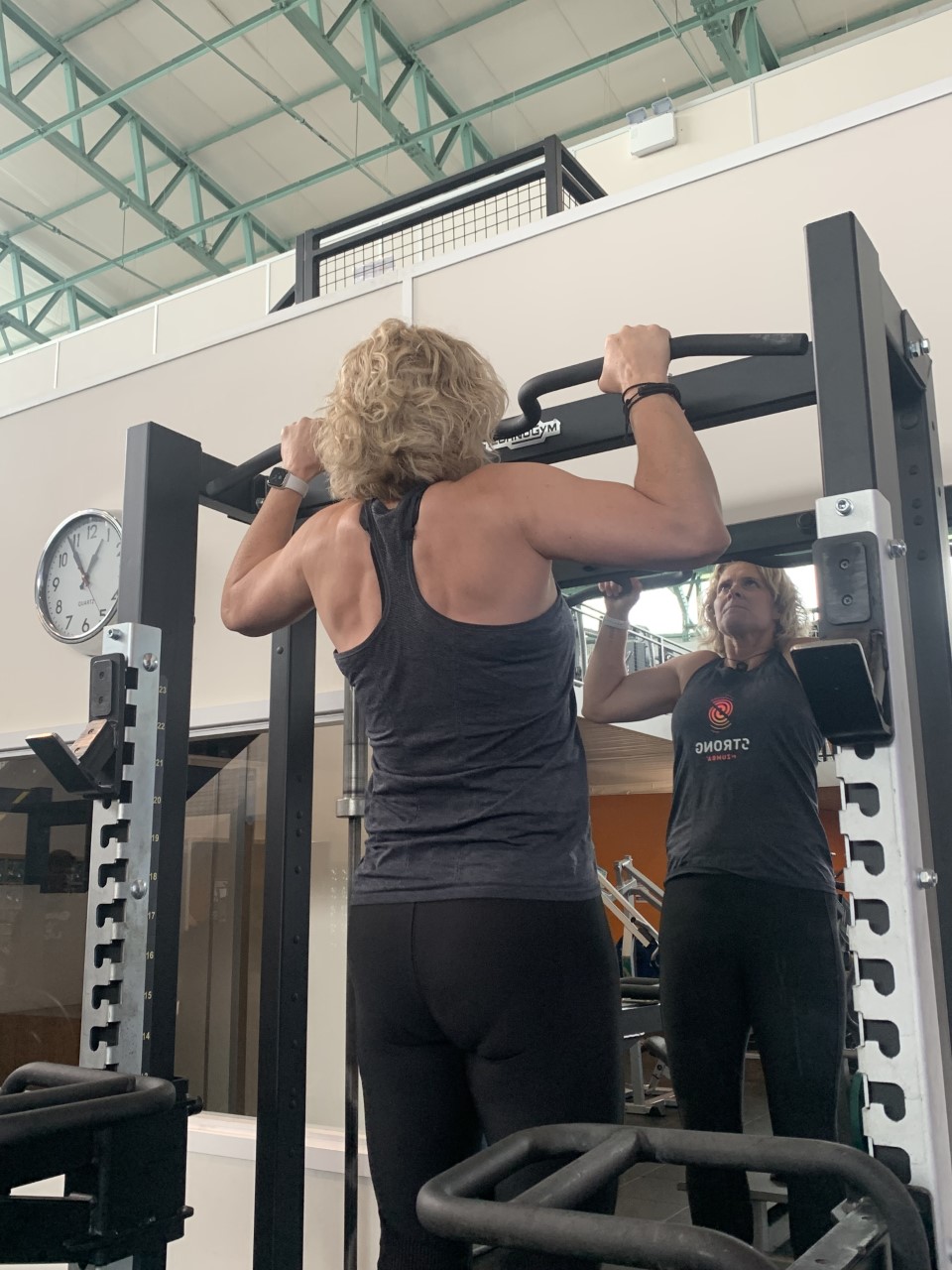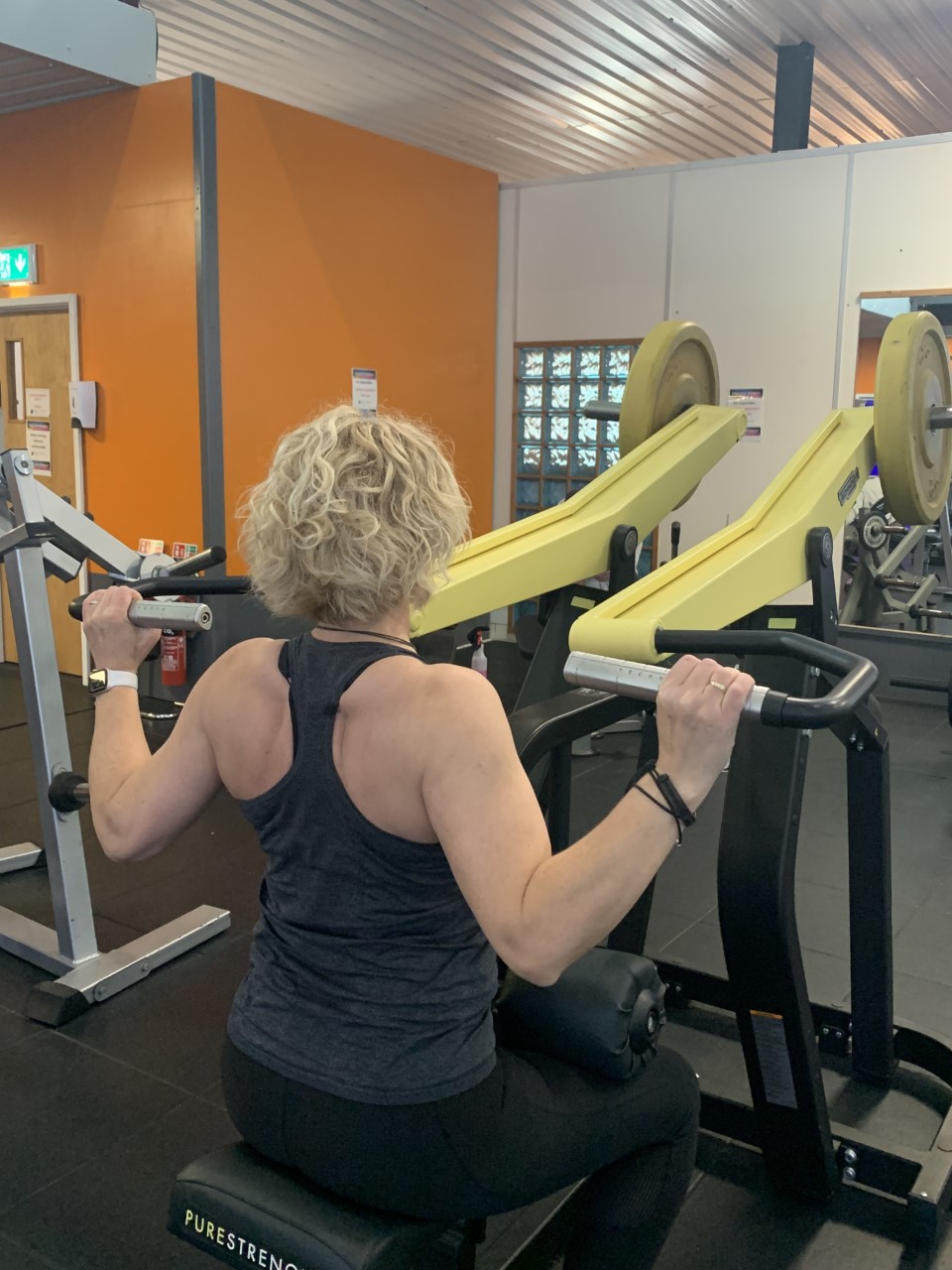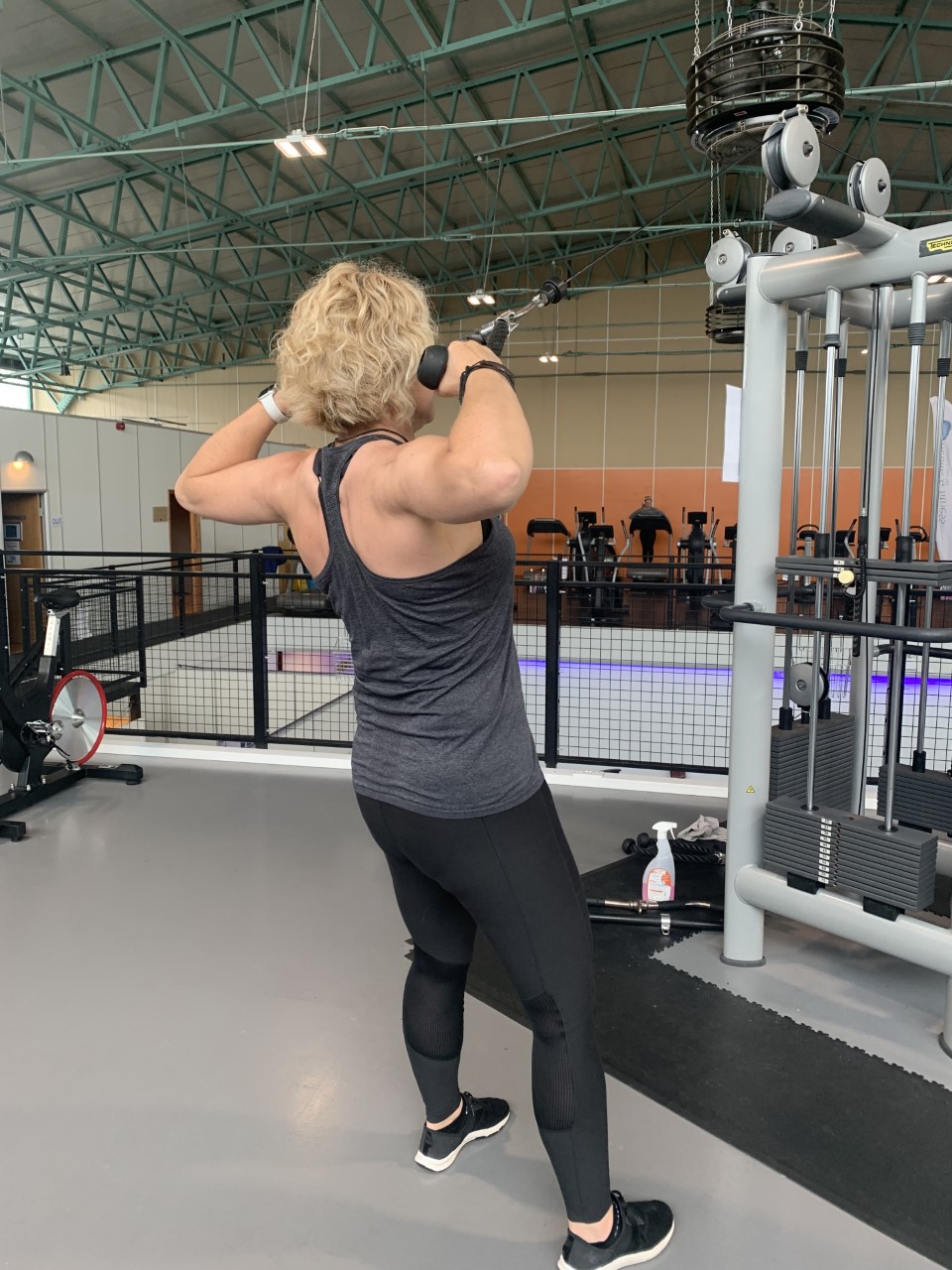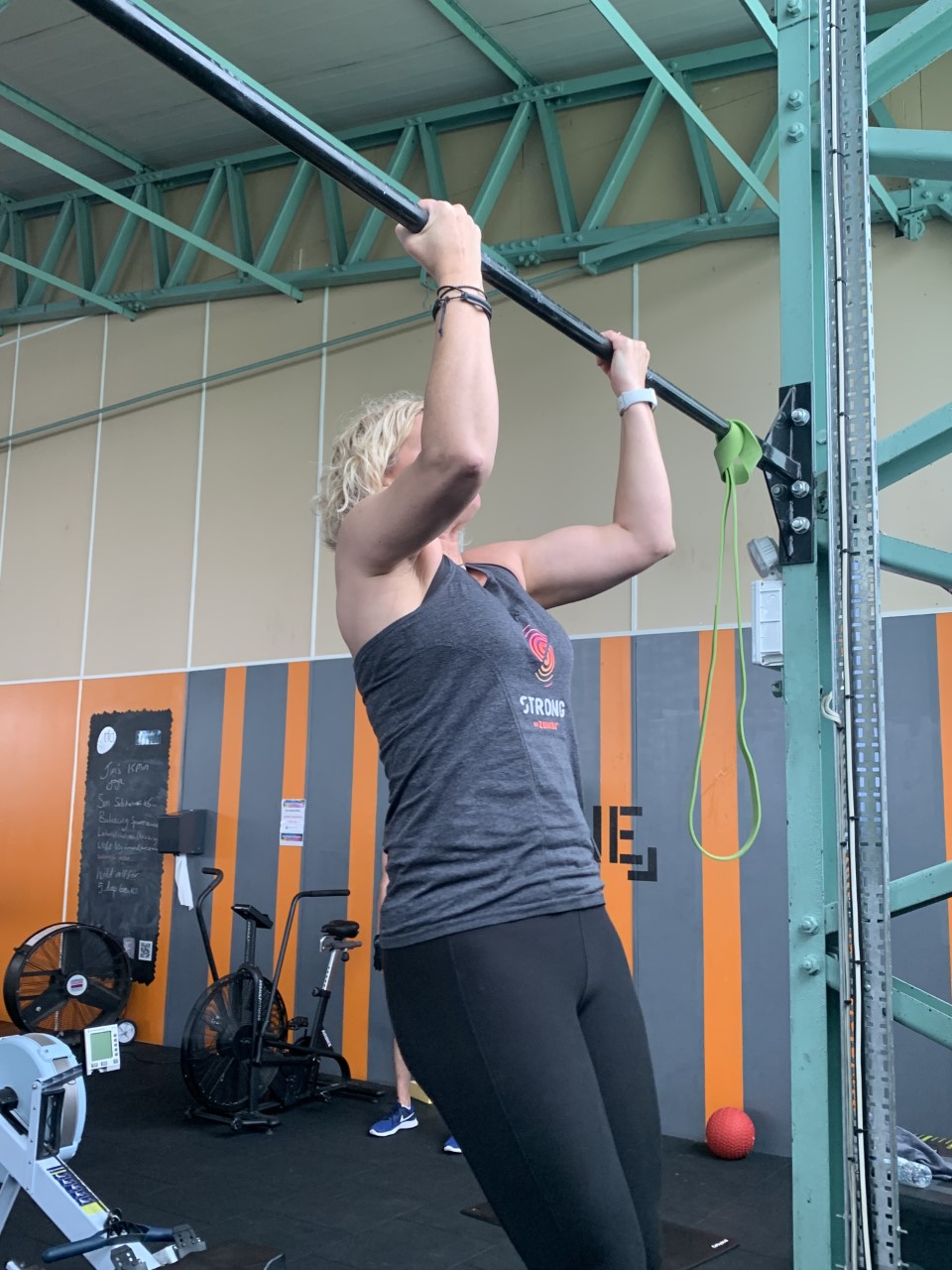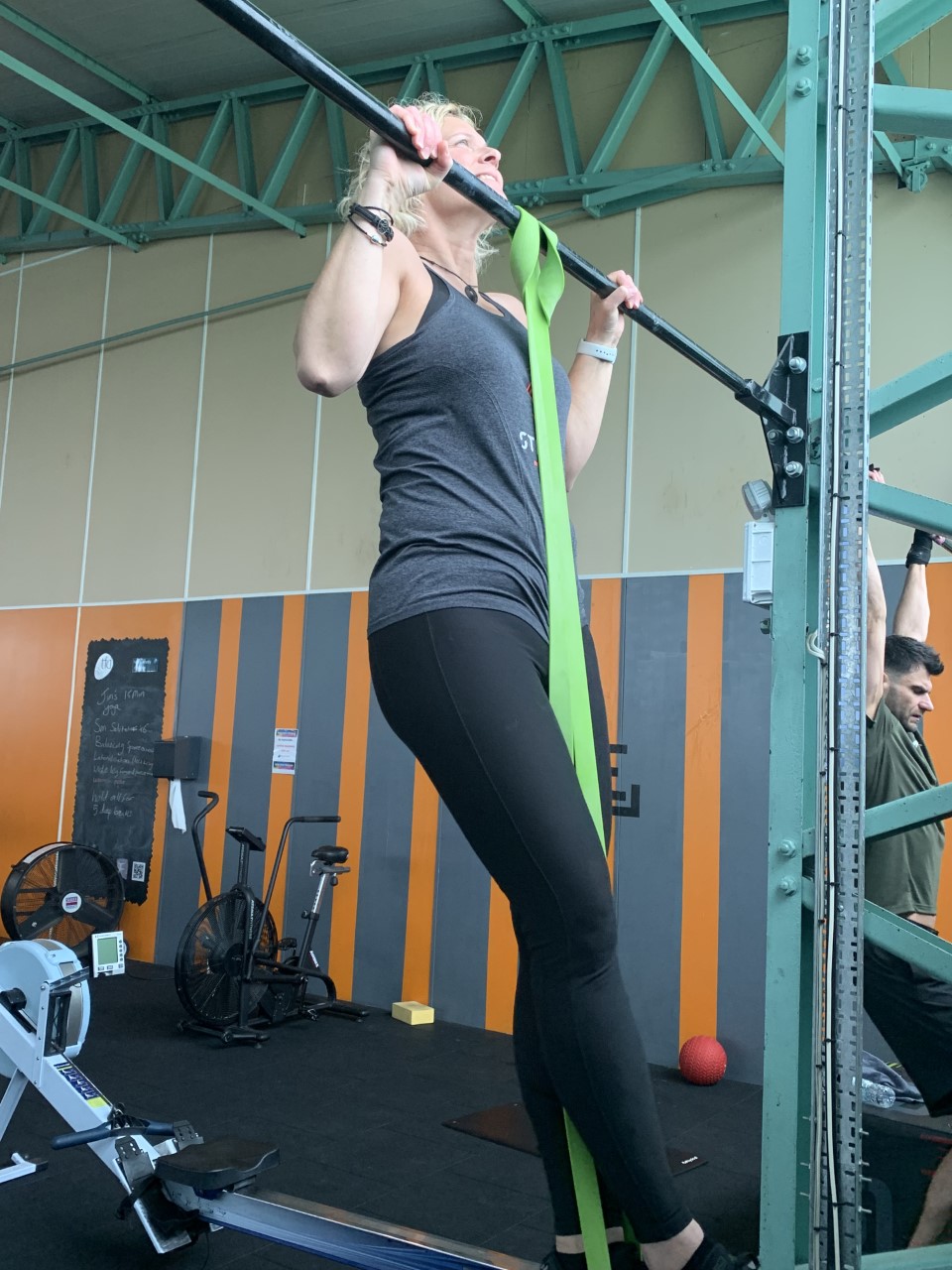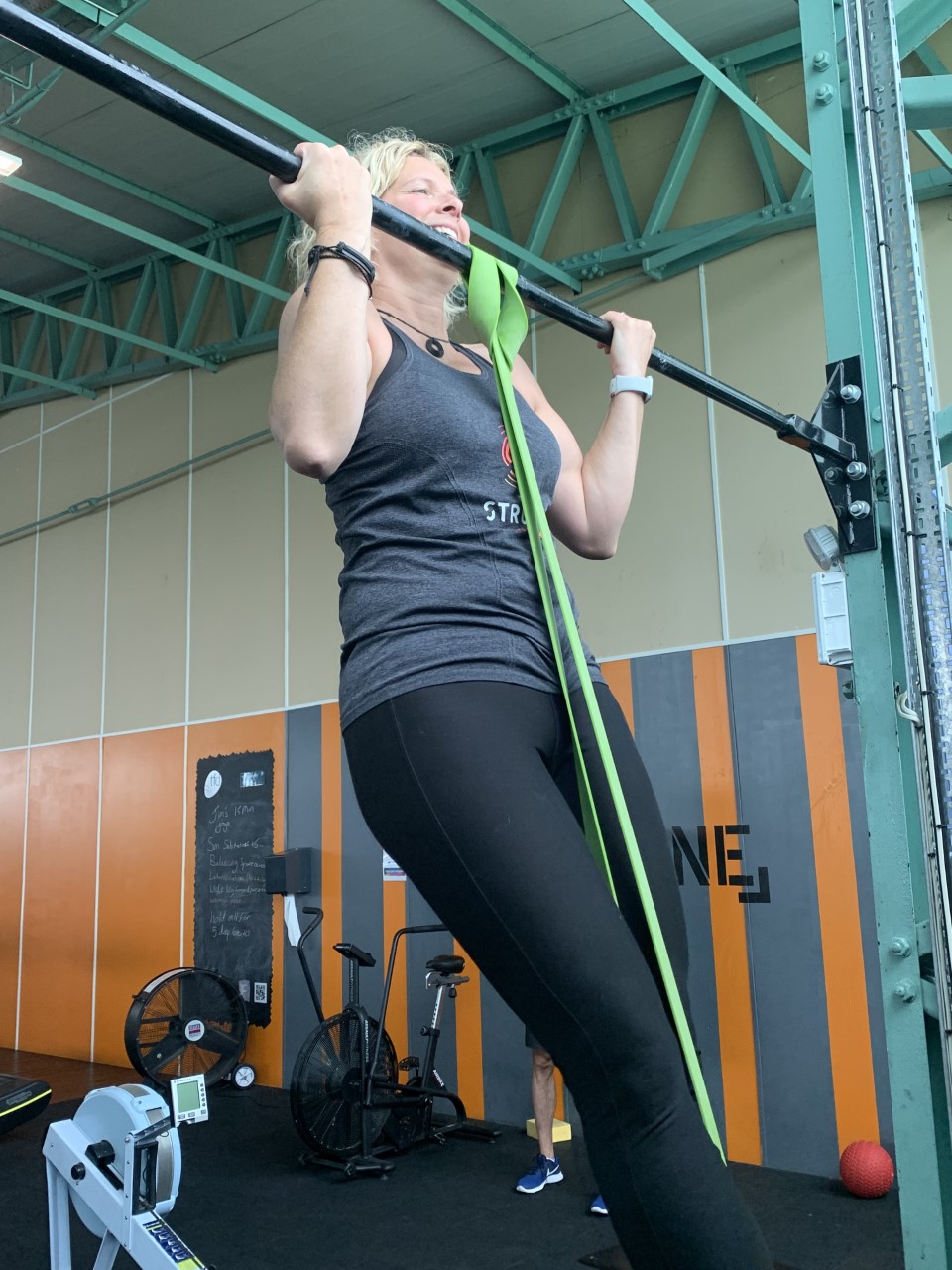The pull-up is just about one of the toughest bodyweight exercises there is…
If you’ve ever attempted to knock out a set, you’ll know the demands it places on your back, shoulder and arm muscles. The main muscles in action whilst performing a pull-up are the lats, traps and rhomboids, while you can challenge parts of your arms by changing your grip (which you’ll learn all about below). The move also improves your core strength, and it’s one of the quickest ways to leave your entire upper body fatigued when trained correctly.
Alongside form guides for pull-ups and variations on the exercise, you’ll also find a series of moves that help you build up the strength to execute a full pull-up, if you’re not able to do more than a couple at a time you’re better off starting with something like assisted pull-ups or dead hangs. There are also form tips to help you pull off the perfect pull-up below. Enjoy.
What do I do if I can’t do any?
- One way to build pull-up power is by doing wide-grip lat pull-downs, both heavy-weight sets and high-rep sets
- Eccentric pull-ups – where you would start at the top position and lower back down as controlled as you can – are also very good training drills
- Another good place to start is via using TRX suspenders. Starting from a slight incline away from the straps to test your current row strength and then gradually step by step decreasing in incline until your entire body is essentially horizontal to the ground, at this point you will be pulling almost half your bodyweight in an inverted rowing motion
How to do a perfect pull-up
- Leap up or use a box and grip the bar with your hands shoulder width apart and your palms facing away from you. Hang with your arms fully extended, you can bend your legs at the knee if they’re dragging on the ground
- Keep your shoulders back and your core engaged throughout. Then pull up. Focus on using every muscle incorporated to aid you upward
- Move swiftly but controlled upward until your chin is above/touching the bar, then control your bodyweight downward until your arms are extended again
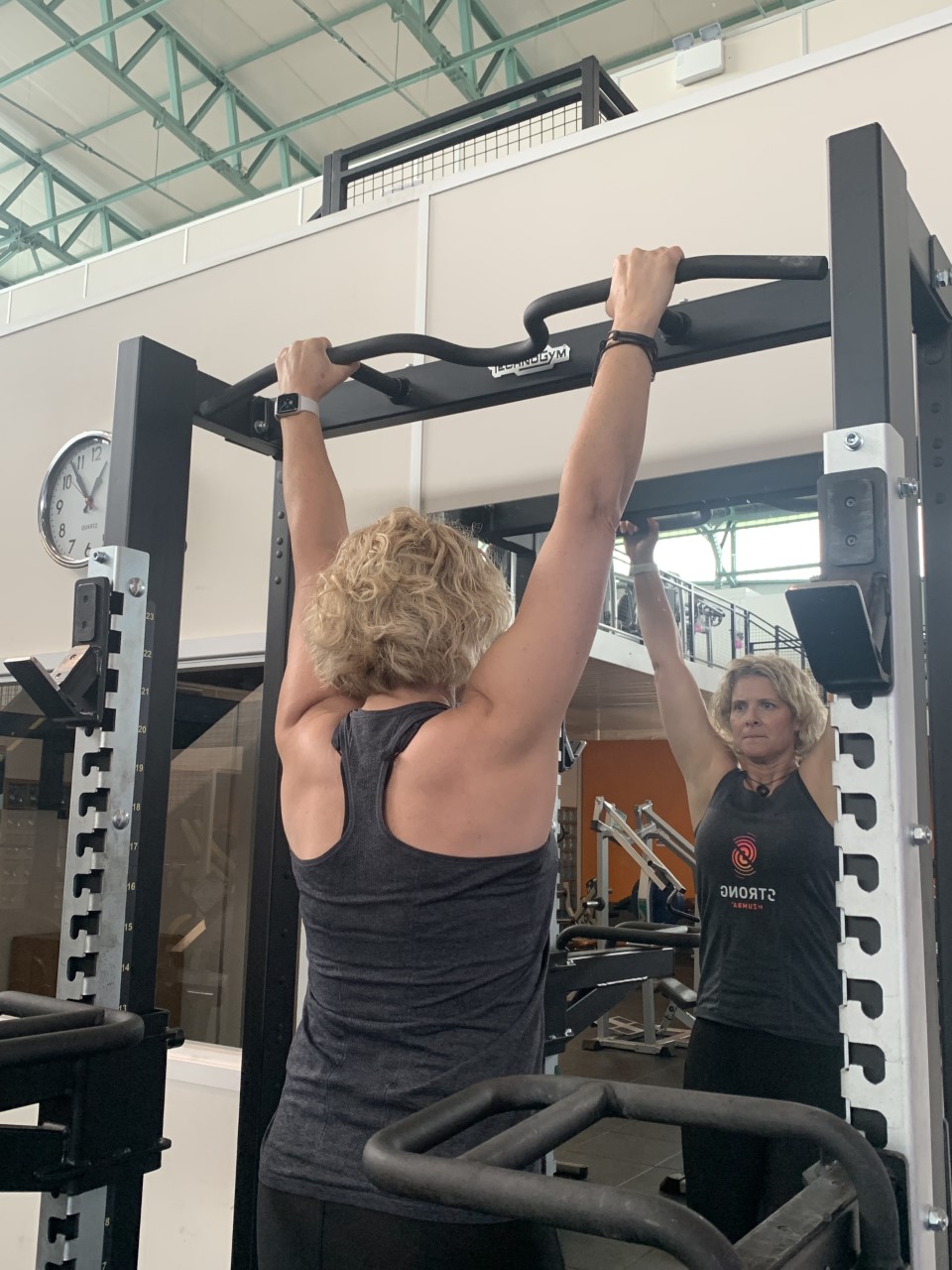
There are plenty of ways to build up to your first full pull-up. Start by getting used to your own bodyweight by holding a dead hang for as long as possible without even trying to pull yourself up.
You can also prep for pull-ups by strengthening your back. Exercises like single arm bent over dumbbell rows, bent over Olympic bar rows, T-bar rows and seated rows to name a few.
Assistance lifts:
Try these supportive machine moves to get more pull out of your pull-up
Lat pull-down
This machine move most closely replicates the muscle actions required to do pull-ups. The wider your hands on the bar, the more you isolate your lats, making each rep harder.
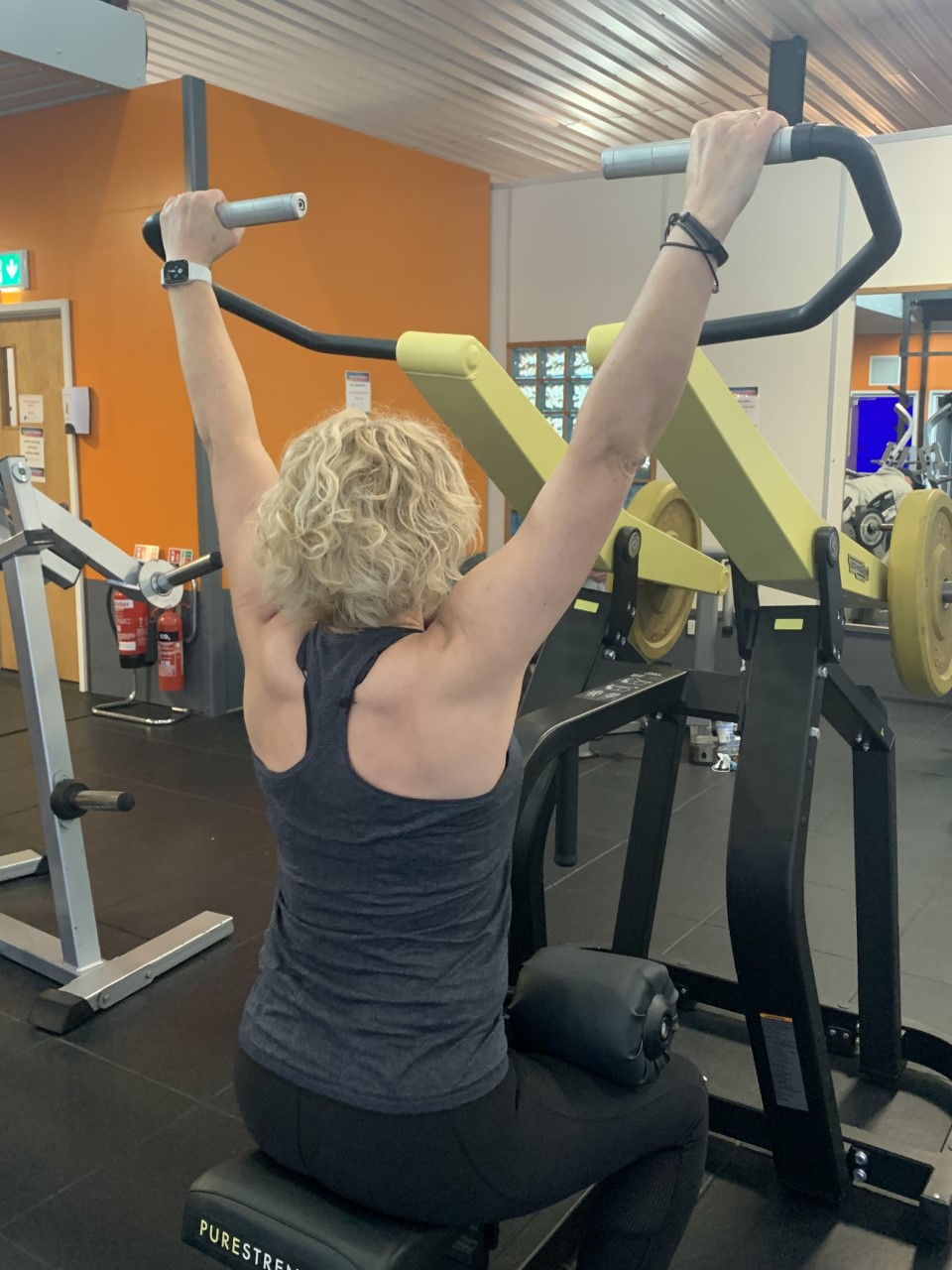
Cable face pull
This is a great exercise to do regardless, however it will increase your pull-up ability by not only improving a hunched-over posture from too much sitting but also making you learn how to retract your shoulder blades properly, which is key to perfect pull-up form.
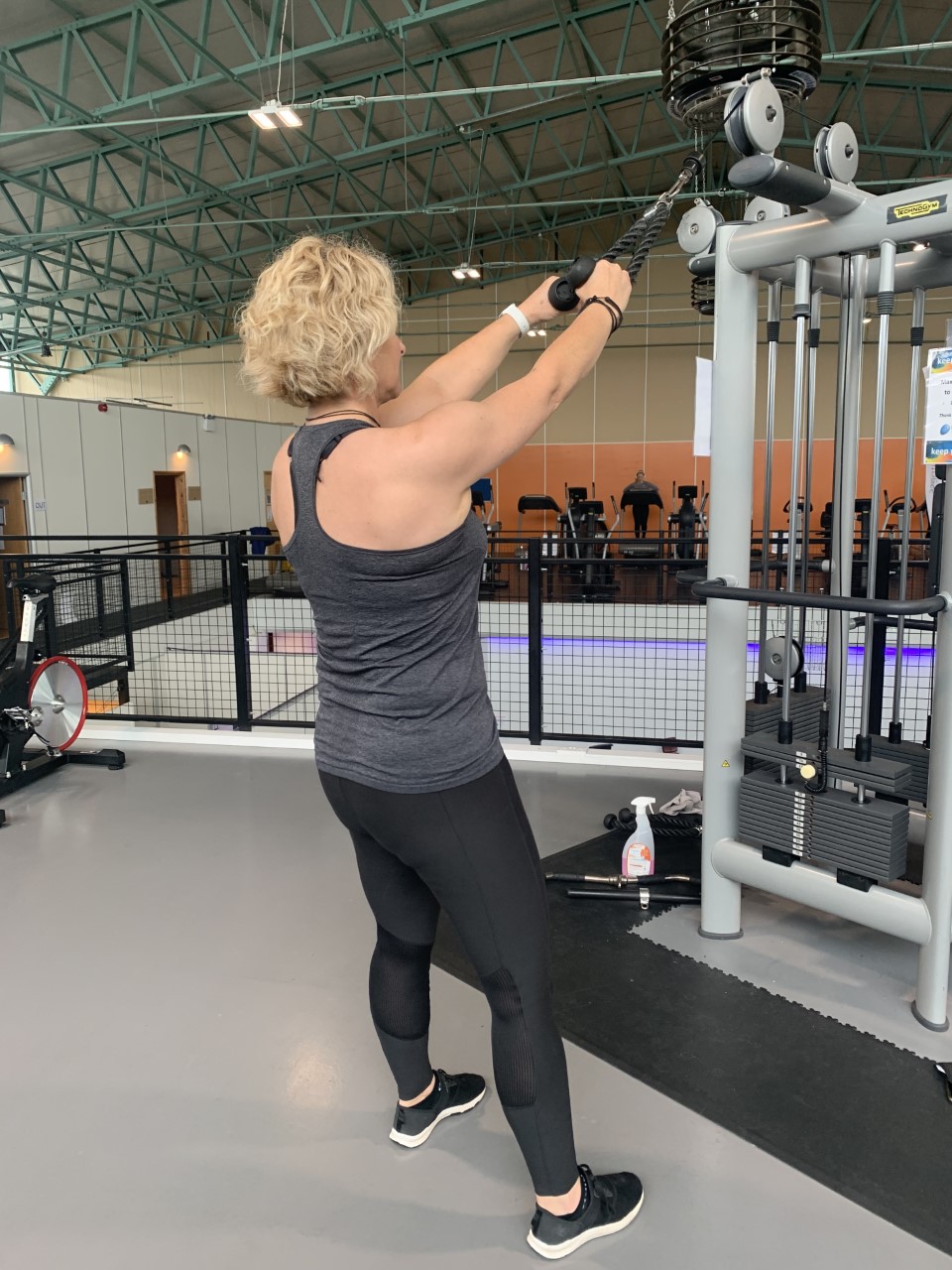
Negative pull-up
Make a positive effort to up your pull-up max with negative reps. Your muscles are stronger when lowering a weight than lifting it so at the end of a set, jump or use a box to step to the top, then lower as slowly as possible. Keep going until you can no longer control your descent.
Resistance band inclusion
Tying a resistance band around the bar and putting a foot through to help from the start of the movement. Now it will be easier at the start but as you go up it’ll become tough as there will be less resistance, again you can progress here by using thinner bands over time.
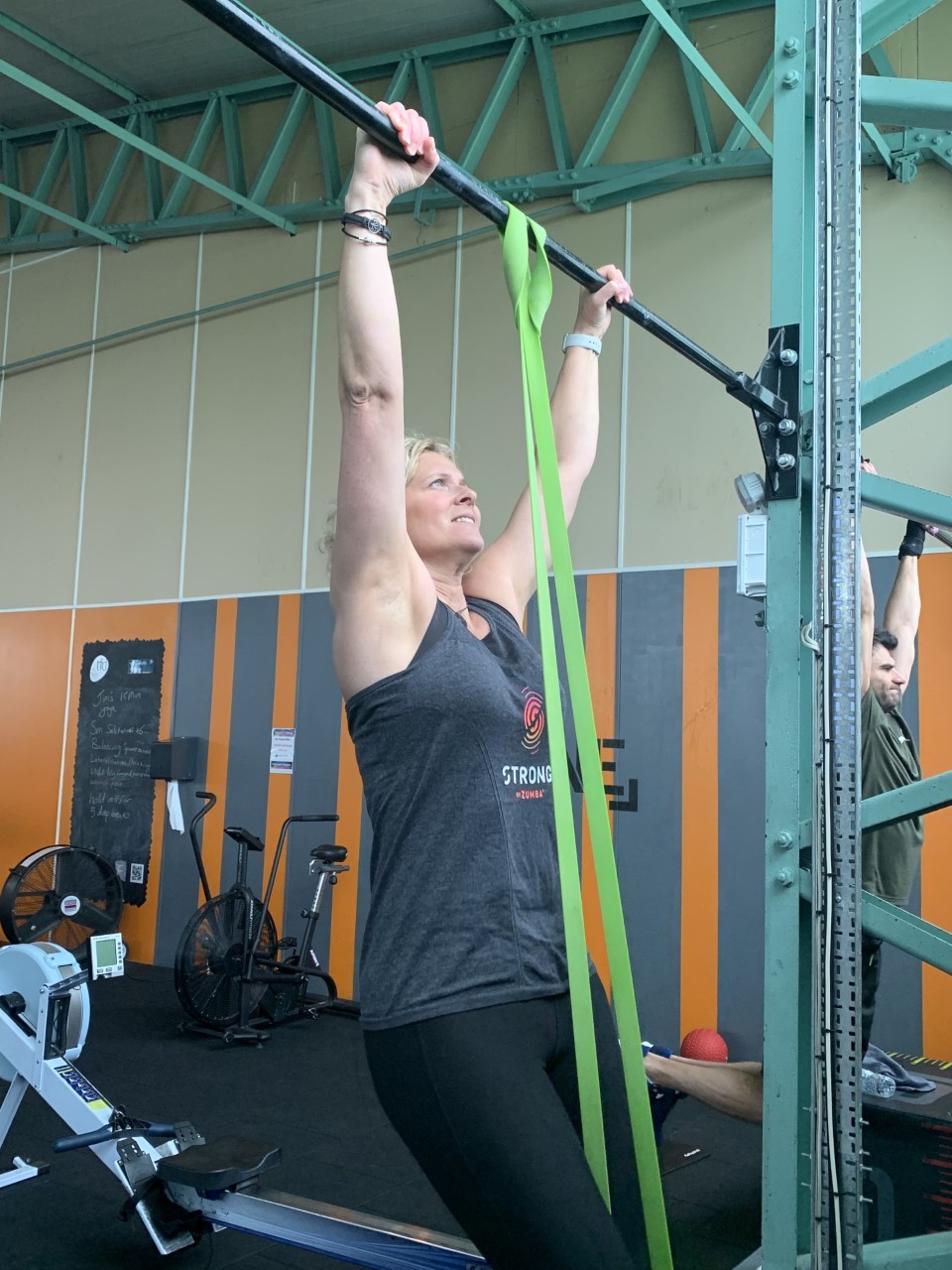
Pull-Up Form Tips:
(Recruit glutes) It’s tempting to think of the pull-up as an upper-body move and relax everything below the waist. But squeezing your glutes before you pull up will help you recruit as many muscle fibres as possible.
Use the full range
Using a full range of motion engages more muscle fibres and works them harder. Hang from the bar with both hands so your arms are fully straight. This is the start and finish position. Keep the full-range reps controlled smooth to reduce joint stress.
Squeeze at the top
Once your chin is higher than your hands, squeezing your working muscles will recruit even more muscle fibres for greater strength and performance
Mix your grip
Vary between wide, narrow, neutral and supinated grip (palms facing back towards your body). These alternating hand positions will help by hitting your muscles at slightly differing angles and you’ll use different muscle groups in doing so, this will also help correct any weaknesses for greater overall strength.
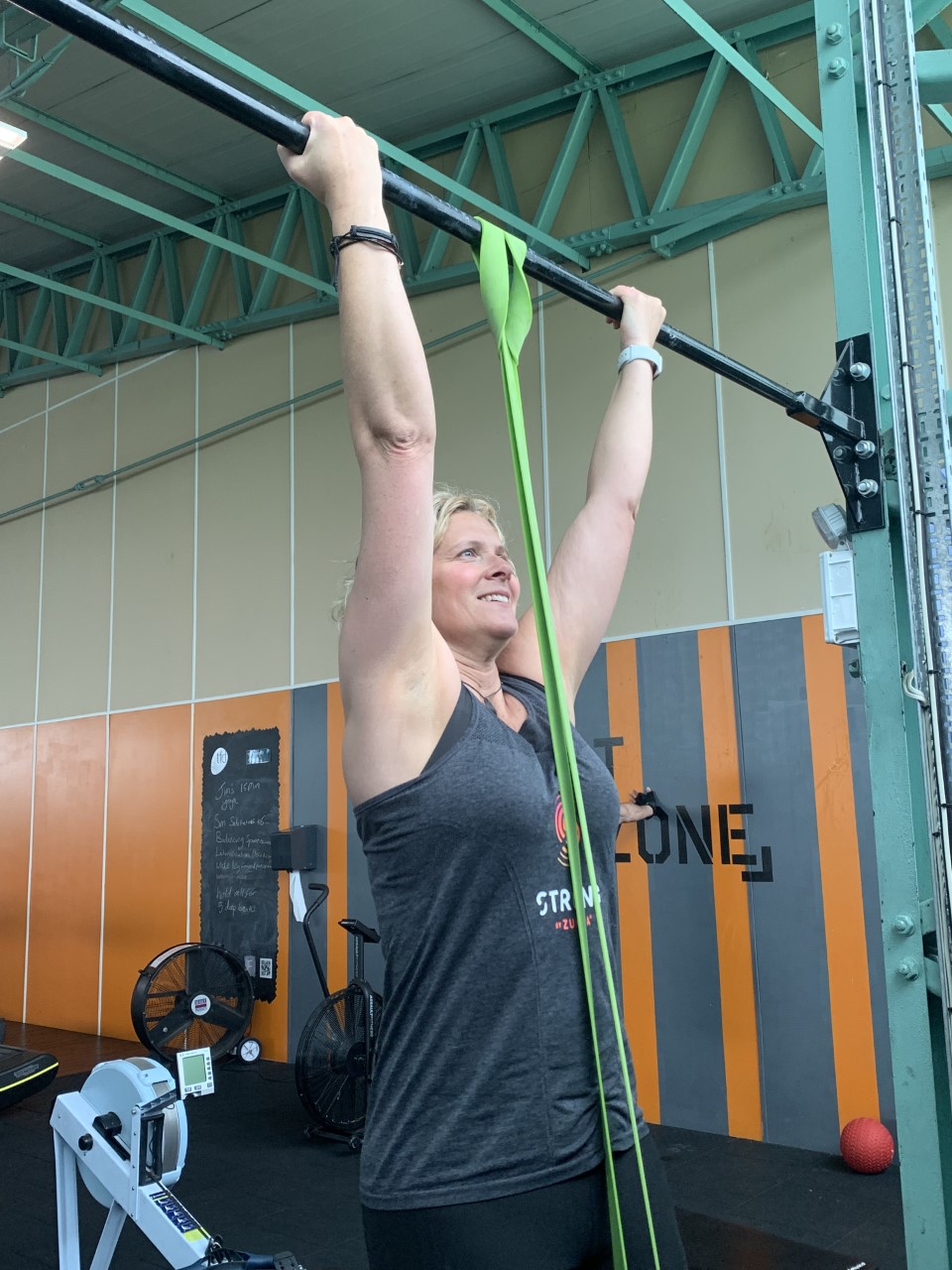
Break them down
Remove momentum to target all three phases of the lift, pull your chest to the bar, pause for three seconds, lower halfway, pause, then lower to the bottom and repeat.
Hang tough
Get used to hanging from the bar with extra weight until failure or even attempt to lift yourself with weight attached for added difficulty. Then raising your own bodyweight when doing pull-ups will feel a lot easier.
So why should you care about pull-ups?
Besides the fact that they are 100% badass, they are actually an amazing exercise for back strength and endurance, can improve your posture, muscular development, and help you move more weight safely. Here is a quick list of how doing pull-ups can more specifically benefit your lifting.
- Improves the pulling motion in deadlift
- Helps push the bar off the chest in the bench press
- Helps secure barbell on the back in back squats
- Helps stabilize the spine and torso during front squats and overhead lifts
- Improves overhead mobility
- Improves grip
- Increased ability to engage and recruit fibres in the back
- Better core strength and stability
Why not give these variations a try and start your journey to the perfect pull up!


